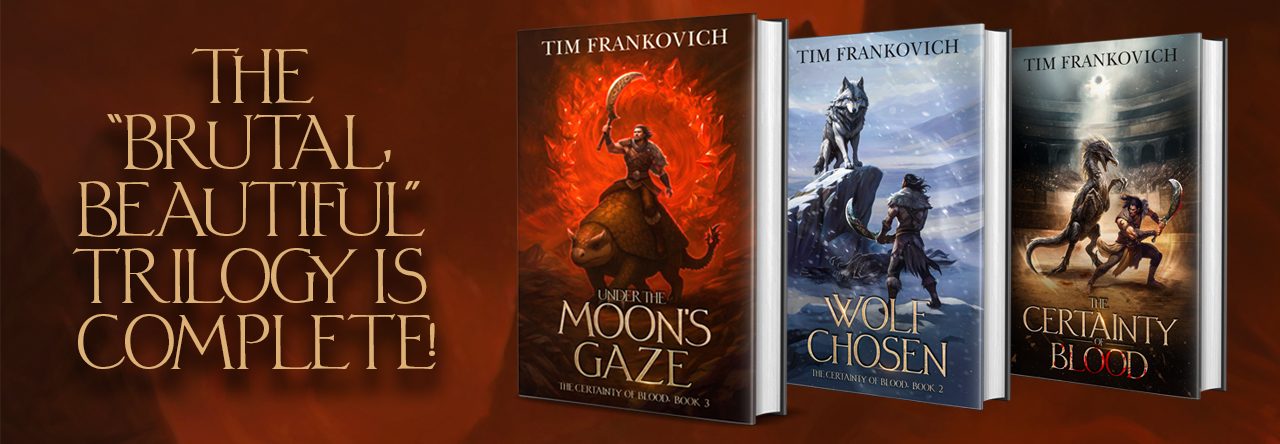Recently, I received some very constructive criticism from my editor. The central problem she experienced with the first few chapters of my novel was difficulty liking/identifying with one of the protagonists.
The novel has two protagonists – one male, one female. During beta reader feedback, readers told me multiple times how much they liked the female protagonist. None of them complained about the male protagonist, but they didn’t have much to say about him, either. Combine that with the editor’s feedback, and I clearly have an issue.
I already have a plan outlined for dealing with this issue, and might write more about that later. But this blog post is concerned with something different: the writing process that led to this issue.
I’ve always been fascinated by the writing process. That’s why I’ve always loved Christopher Tolkien’s History of Middle-Earth volumes that showed his father’s decades-long process for writing The Lord of the Rings and his other books. I also read and listen to numerous blogs and podcasts about writing. In this case, to my delight, I was able to study myself and learn from my own process.
When I began this novel, I had an overarching basic plot in mind, and a fairly specific plot arc related to the male protagonist. I knew exactly where he needed to be at different points in the book and where he would end up and so on.
But the female protagonist was still somewhat of a mystery to me. I had a vague idea of what would happen with her, but very few specifics. Her side of the story would ultimately come more from discovery writing. Her story did come to me as I was writing, more and more as the process developed. (See, for example, this blog post.)
(As an aside, for my non-writer readers, “discovery writing” could also be called seat-of-the-pants or “pantser” style writing, where the writer “discovers” the story while actually writing it. This is generally considered the opposite of “plotter” style writing, where the writer has a definite outlined plot before actually beginning to write. Both of these are wide designations, with much cross-over.)
It’s not so much the plot in question here, however. It’s the actual characters. Readers have no trouble identifying with and loving the female protagonist, but they seem to have difficulty with the male protagonist’s character (or lack thereof).
Does this mean I shouldn’t ever outline again and write everything by the seat of my pants? Probably not. Does it mean my discovery writing is stronger than my plotted writing? Maybe.
More than that, I think the primary writing lesson I can learn from this is: Be careful not to be so locked into the plot that you forget the actual characters. In my focus on moving the male protagonist from plot point A to plot point B and so on, I failed to make him an engaging character on his own.
Considering how much junk I put this guy through, it’s kind of important that people care about him…

Leave a Reply